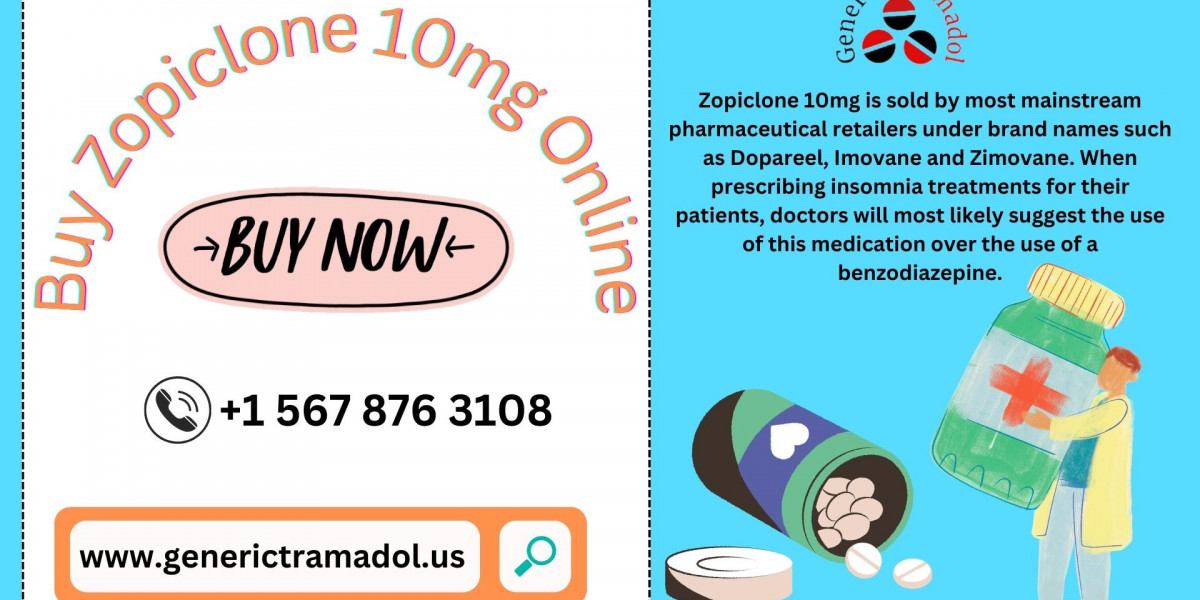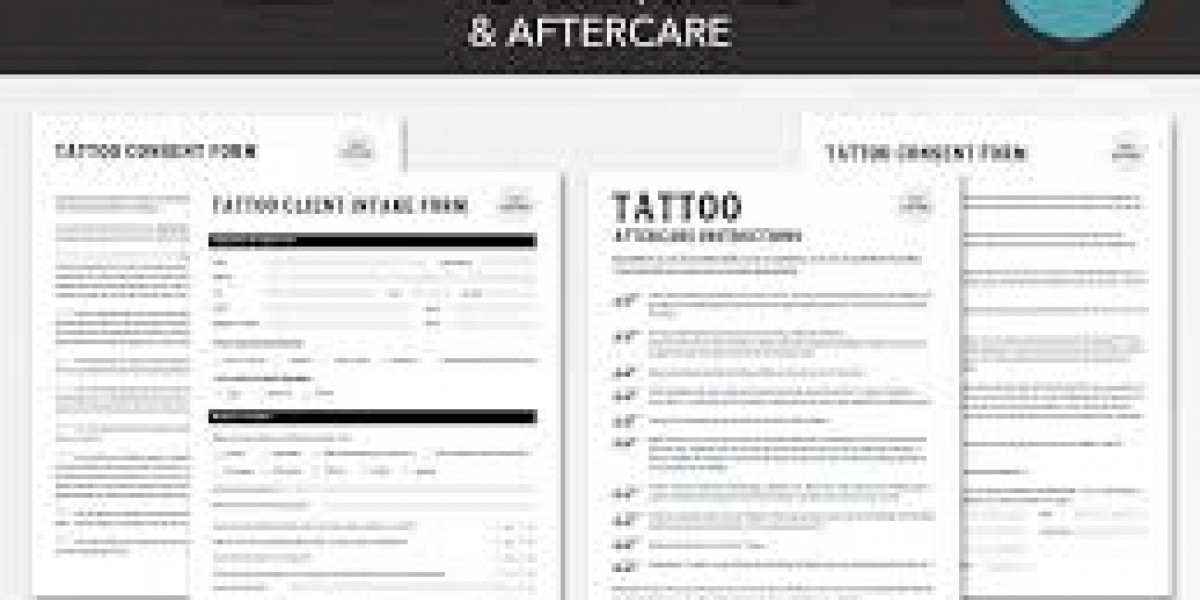Germany, the largest economy in Europe and the fourth-largest in the world, presents an attractive opportunity for businesses aiming to expand their reach. With a digitally connected population and a strong e-commerce infrastructure, the German market is ideal for companies that want to grow through online channels. However, success here requires more than a simple translation of your marketing strategies—it requires local insight, cultural understanding, and a smart, tailored approach to digital marketing in Germany.
This guide explores the unique aspects of the German digital landscape and how to position your brand for long-term success.
Understanding the German Digital Landscape
Before you can succeed, you need to understand the playing field. Germany is home to over 84 million people, with more than 90% using the internet regularly. The country boasts high broadband penetration, a growing number of mobile users, and a mature e-commerce environment.
Yet, despite this digital maturity, German consumers tend to be cautious, privacy-conscious, and deeply loyal to trusted brands. They value clear communication, product quality, and transparency. This means that digital marketing in Germany must be handled with care and cultural sensitivity.
Key Digital Marketing Channels in Germany
When building your digital strategy for Germany, focus on the channels that perform well locally:
1. Search Engine Marketing (SEO & SEA)
Google dominates the search engine market in Germany with over 90% market share. SEO is essential, but competition is fierce. High-quality German-language content, technical SEO, and local backlinks are critical.
Search Engine Advertising (SEA), particularly via Google Ads, is also effective. However, ad copy should be localized—not just translated—and align with local expectations and terminology.
2. Content Marketing
Content remains a pillar of digital marketing in Germany. German consumers value informative, reliable, and detailed content. Blogs, whitepapers, case studies, and explainer videos resonate well, especially in B2B sectors.
Avoid overly promotional messaging. Instead, offer value and educate your audience.
3. Social Media Marketing
Germans use social media differently than audiences in the U.S. or UK. Platforms like Facebook, Instagram, and LinkedIn are popular, but professional and respectful tone is key.
Facebook & Instagram: Strong for B2C, especially for lifestyle, retail, and fashion brands.
LinkedIn & XING: Preferred in B2B environments. XING is a German alternative to LinkedIn and should not be overlooked.
4. Email Marketing
Email is still a highly effective channel in Germany. However, GDPR regulations are strict. Consent and data privacy are crucial. Double opt-ins, clear unsubscribe options, and transparent privacy policies are non-negotiable.
5. Influencer Marketing
Influencer marketing continues to grow, particularly on Instagram, YouTube, and TikTok. Collaborating with local influencers can help you build trust and reach new audiences, but partnerships should feel authentic and compliant with advertising disclosure laws.
Localization Is More Than Translation
To truly succeed with digital marketing in Germany, localization must go beyond translating your content into German. You must understand and adapt to local:
Cultural nuances: Germans appreciate direct communication, professionalism, and modesty.
Consumer behavior: Trust is paramount; testimonials, certifications, and clear product guarantees increase conversion.
Payment preferences: Germans often prefer invoice payments, PayPal, or bank transfers over credit cards.
Buying cycles: German buyers tend to do extensive research before making a purchase. Offer detailed product descriptions, comparisons, and clear pricing.
Navigating German Regulations and GDPR
Germany is one of the strictest countries in Europe when it comes to data privacy. Your digital marketing in Germany strategy must comply with the General Data Protection Regulation (GDPR). Key considerations include:
Explicit opt-ins for newsletters and cookies
Clearly stated privacy policies
Proper handling of user data
Transparent analytics and tracking tools
Failure to comply can lead to legal consequences and damage your brand’s reputation.
Building Trust in the German Market
Trust is a foundational value in German consumer culture. Here’s how you can build and maintain it:
Provide clear contact information and physical addresses
Display certifications or memberships in reputable trade associations
Offer local customer service with German-speaking representatives
Maintain a consistent brand voice across all digital platforms
Online reviews and testimonials, particularly on trusted platforms like Trusted Shops or Google Reviews, can significantly influence customer decisions.
Working with a Local Digital Marketing Partner
To navigate the complexities of the German market, many international brands choose to work with a local digital marketing agency in Germany. These partners offer insights into local trends, consumer behavior, and regulatory requirements. They can also assist with:
German-language content creation
Localized SEO and keyword research
Social media community management
Influencer collaborations with local creators
Performance tracking and ROI measurement in the German context
A local partner adds not only linguistic support but also cultural alignment—essential for long-term brand development.
Measuring Success in the German Market
Metrics are key to understanding what’s working. For digital marketing in Germany, monitor the following KPIs:
Organic search traffic and keyword rankings (localized keywords)
Conversion rates (adjusted to local buying behaviors)
Social media engagement (on platforms Germans actually use)
Email open and click-through rates (with GDPR-compliant lists)
Customer lifetime value (LTV) and retention rates
Consistent analysis and adjustment will help you stay ahead of evolving customer expectations and market shifts.
Final Thoughts
Breaking into the German market is a strategic opportunity for any business looking to grow in Europe. But success requires more than running global campaigns in another language. It demands a deliberate and well-researched approach to digital marketing in Germany—one that respects the unique cultural, legal, and consumer dynamics of the country.






